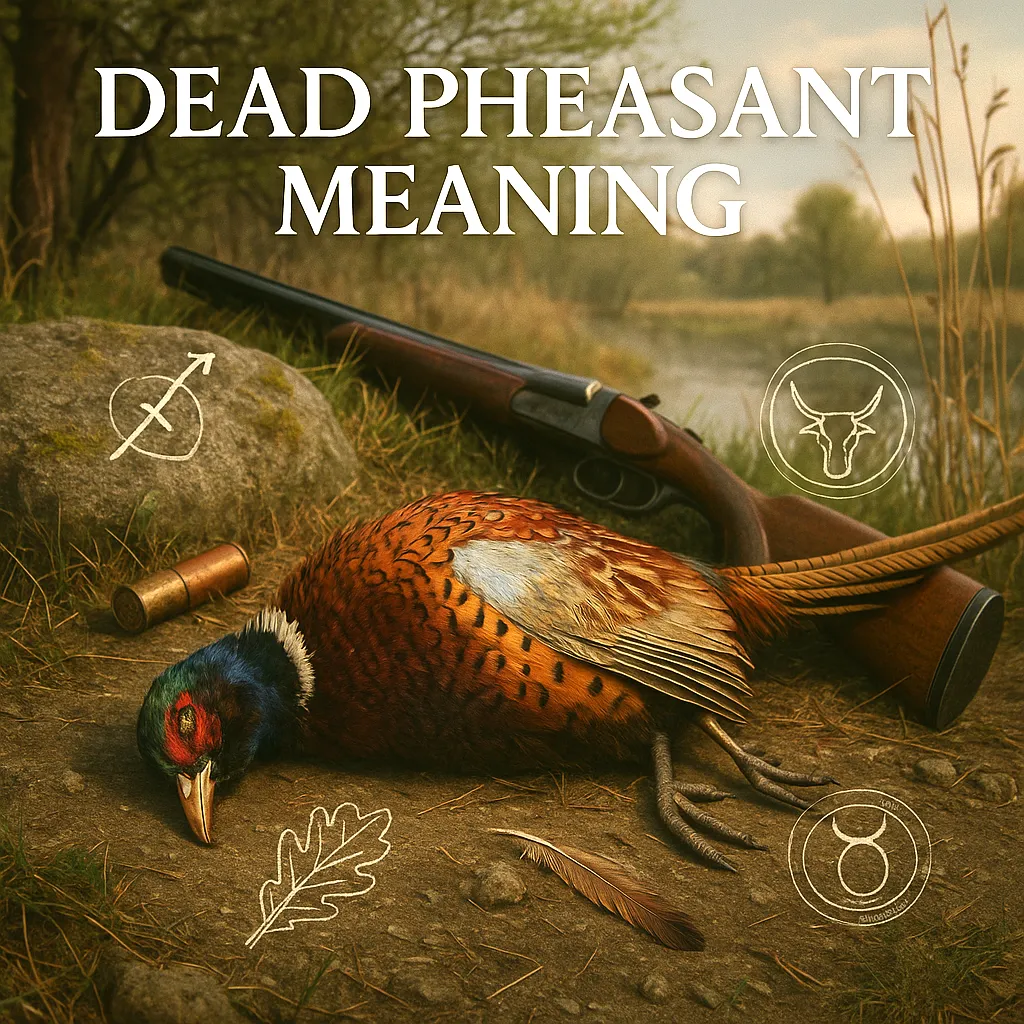Table of Contents
Walking along a familiar path, you suddenly encounter the still form of a vibrant pheasant lying on the ground. This moment might feel jarring—a stark reminder of mortality amidst nature’s living tapestry. Throughout centuries, humans have recognized birds as messengers between worlds, creatures that bridge earth and sky, physical and spiritual realms.
The dead pheasant’s meaning extends far beyond coincidence, carrying profound symbolism across diverse spiritual traditions. This magnificent bird, with its iridescent plumage and grounded nature, speaks of transformation, cycles ending and beginning, and ancestral wisdom seeking to reach you. Whether you’ve encountered this fallen messenger on your doorstep, during a walk, or in your dreams, understanding its appearance offers insight into your spiritual journey and life’s natural transitions.
Key Takeaways
- A dead pheasant symbolizes life transitions and represents the natural cycle of endings making way for new beginnings.
- Pheasants embody the balance between earthly practicality and spiritual aspiration, teaching us to remain grounded while pursuing higher wisdom.
- Finding a dead pheasant often serves as a message from ancestors or spiritual guides attempting to communicate important wisdom.
- The location, timing, and circumstances of your pheasant encounter provide contextual clues to its specific meaning in your life.
- Rather than fearing this omen, embrace it as an invitation to spiritual reflection and an opportunity for deeper self-understanding.
The Symbolic Nature of Pheasants in Life and Death
The Pheasant as a Living Symbol
In life, the pheasant embodies remarkable spiritual qualities that inform its symbolism across traditions. These magnificent birds display vibrant plumage that catches the light with iridescent hues of copper, emerald, and sapphire—a natural expression of beauty and creative energy. Unlike many birds that spend their lives in the air, pheasants primarily dwell on the ground but can take flight when needed, representing the perfect balance between earthly existence and spiritual potential.
Pheasants demonstrate remarkable adaptability, thriving in various landscapes from woodlands to farmlands. This resourcefulness speaks to their spiritual connection with prosperity and abundance. Their association with nobility extends back centuries, particularly in Asian cultures where their plumage adorned imperial courts, symbolizing dignity and divine connection.
What a Dead Pheasant Represents Spiritually
When a pheasant’s journey ends, its spiritual significance transforms. Finding a dead pheasant often signals the completion of a cycle in your life—perhaps a relationship, career phase, or belief system that has served its purpose. Like all dead animals in spiritual traditions, the pheasant’s passing represents not just an ending but the necessary transition that precedes renewal.
This encounter invites you to release what no longer serves your highest purpose. The pheasant’s still form speaks of surrendering outdated patterns, allowing transformation to unfold naturally. Its message often relates to creative energy—suggesting that one creative cycle has completed and another waits to begin.
Many spiritual practitioners view the dead pheasant as an ancestral messenger, a being that traverses the veil between worlds to deliver guidance from beyond. This interpretation gains strength when the encounter feels particularly meaningful or occurs during significant life transitions.


Pheasant Symbolism Across Spiritual Traditions and Cultures
East Asian Perspectives
In Chinese tradition, the pheasant holds profound spiritual significance dating back thousands of years. During the Zhou Dynasty, pheasant feathers adorned imperial regalia, signifying virtue and connection to the divine. The Chinese character for phoenix originally depicted a pheasant, linking this earthbound bird to transcendent spiritual qualities.
Japanese Shinto tradition reveres the pheasant as a messenger of Amaterasu, the sun goddess. Finding a deceased pheasant might indicate an important communication from divine realms. In Feng Shui practices, this encounter carries potential significance for wealth transformations—suggesting that material changes may follow spiritual awakening.
Korean folklore speaks of pheasants as symbols of longevity and prosperity. Their appearance, even in death, reminds practitioners to honor ancestral wisdom and maintain family connections that transcend physical existence.
Native American Wisdom
For many Indigenous North American traditions, the pheasant carries specific spiritual medicine. Ojibwe peoples connect pheasants with Manitou—the spiritual life force that animates all beings. Their teachings suggest that pheasants help maintain balance between material needs and spiritual aspirations.
Lakota traditions associate pheasants with the Thunderbird family, viewing them as mediators between sky and earth energies. The Cherokee recognize pheasants as potential Asgina (ancestral spirits) bringing messages about life transitions and spiritual growth.
When a dead bird appears as an omen in Native traditions, it often signals the need to reassess your path or heed ancestral guidance. Some tribes incorporated pheasant symbolism into Vision Quest rituals, using their essence to channel wisdom from other realms.
European and Celtic Traditions
Western spiritual perspectives offer unique interpretations of pheasant symbolism. Medieval European heraldry featured these birds representing nobility, perseverance, and vigilance. Celtic traditions connected pheasants to solar energy and the turning of seasonal wheels.
Welsh folklore suggests different meanings depending on where and when you encounter a dead pheasant—finding one near water might relate to emotional transitions, while discovering one near your home could indicate family changes approaching.
In Christian symbolism, birds often represent the soul’s journey. Though not specifically mentioned in scripture, the pheasant’s death has been interpreted through resurrection symbolism—the physical form returning to earth while the spirit continues its journey, echoing Christ’s promise of life beyond death.
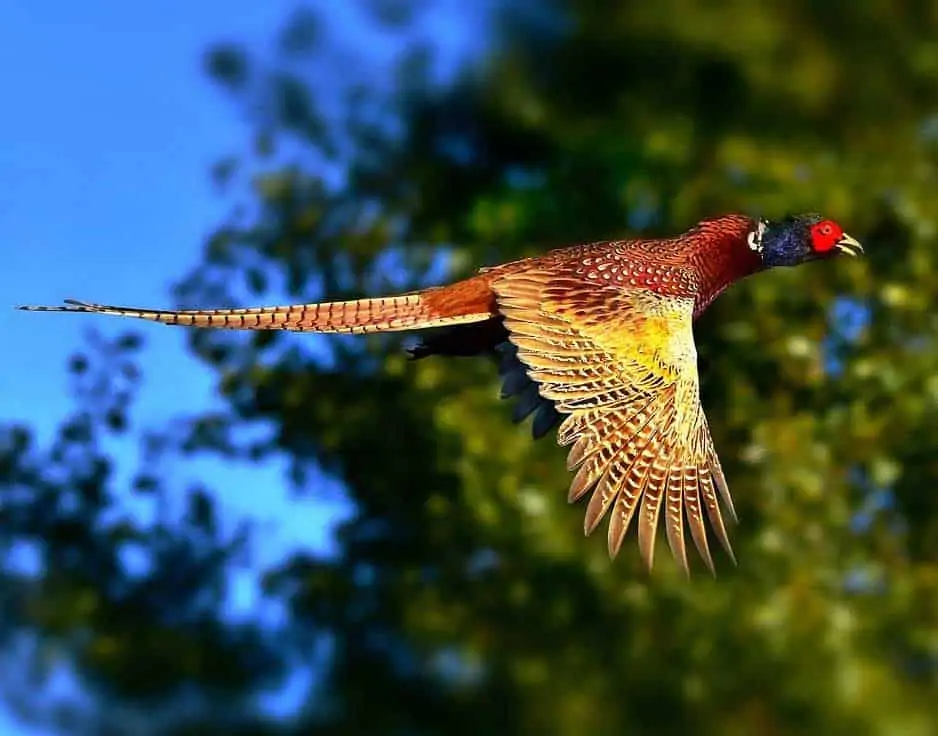

The Balance of Earth and Sky: Core Spiritual Lessons
Grounding Amidst Spiritual Pursuits
The pheasant’s predominantly earth-bound nature offers a profound spiritual lesson about maintaining balance. Unlike birds that spend their lives in flight, pheasants remind us to stay grounded in practical wisdom even as we pursue spiritual growth. Their message encourages finding sacred meaning in everyday existence rather than seeking enlightenment separate from worldly life.
When a pheasant crosses your path in death, consider whether you’ve been neglecting your foundation—physical health, financial stability, or earthly relationships—while pursuing metaphysical interests. This beautiful messenger calls you to appreciate mundane realities as equally sacred to spiritual aspirations.
The pheasant’s dual nature—walking on earth yet capable of flight—teaches us that spirituality isn’t about escaping physical existence but transforming our relationship with it. True wisdom emerges when we honor both realms equally.
Transformational Messages
A dead pheasant often heralds the completion of a significant life cycle. Like all transformative experiences, this ending contains the seeds of new beginnings. The pheasant’s message encourages you to honor what has concluded before rushing into what comes next—taking time for integration and reflection.
This powerful symbol speaks to the transmutation of energy between forms. Just as a pheasant’s physical body returns to earth to nourish new life, your completed experiences provide fertile ground for future growth. Nothing truly disappears; energy merely changes form.
The pheasant’s feathers hold particular significance even after death—representing the beautiful aspects of your experience that remain as wisdom, even as the form that delivered them fades away.
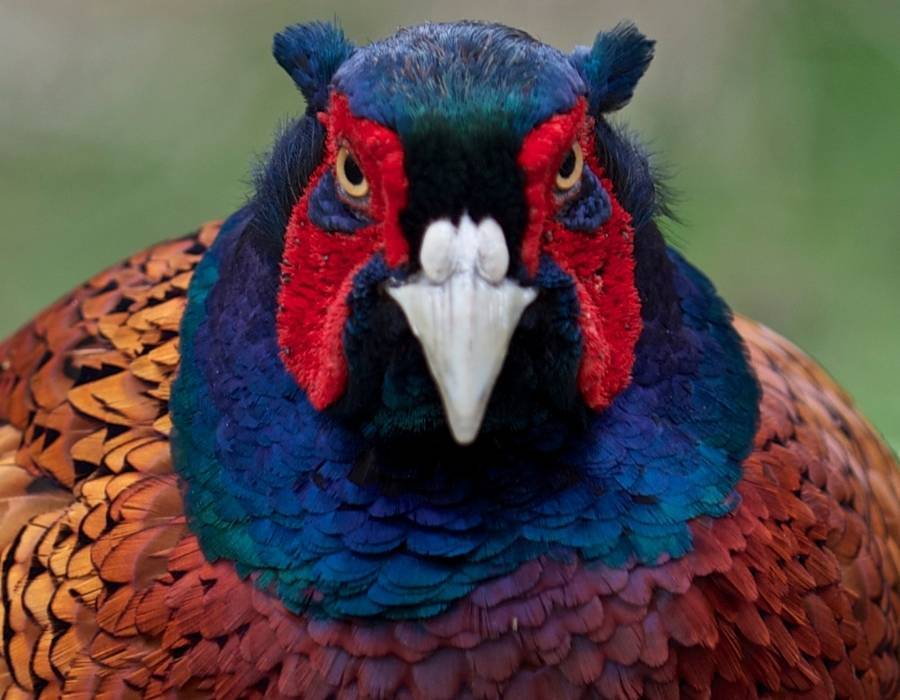

Dead Pheasant Encounters in Dreams and Visions
Dream Interpretations
When a dead pheasant appears in your dreamscape, it carries unique symbolic weight. Dream encounters often reflect unconscious processing of transitions or endings you may not fully acknowledge in waking life. The pheasant might represent unrecognized creative potential that needs revival or renewal.
Pay attention to your emotional response within the dream. Feeling peaceful suggests acceptance of life’s natural cycles, while distress might indicate resistance to necessary changes. The dream setting provides additional context—a dead pheasant in your childhood home might connect to family patterns requiring transformation.
These dreams often emerge during periods of grief or transformation, serving as your subconscious mind’s attempt to process change. They may also represent ancestral messages trying to reach your conscious awareness through symbolic imagery.
Meditative Visions
During meditation or altered states of consciousness, pheasant imagery can emerge as guidance through life transitions. Some practitioners report seeing pheasants during particularly deep meditative states, often appearing as spirit guides or messengers offering wisdom about current challenges.
These visions frequently connect to creativity blocks that need addressing. The pheasant’s vibrant colors contrast with its still form, highlighting the tension between creative potential and stagnation. This powerful juxtaposition invites examination of where your creative energy might be blocked or unexpressed.
When pheasant imagery emerges during spiritual practice, it often reveals hidden talents awaiting expression. The message encourages embracing your unique gifts rather than keeping them hidden beneath practical concerns.
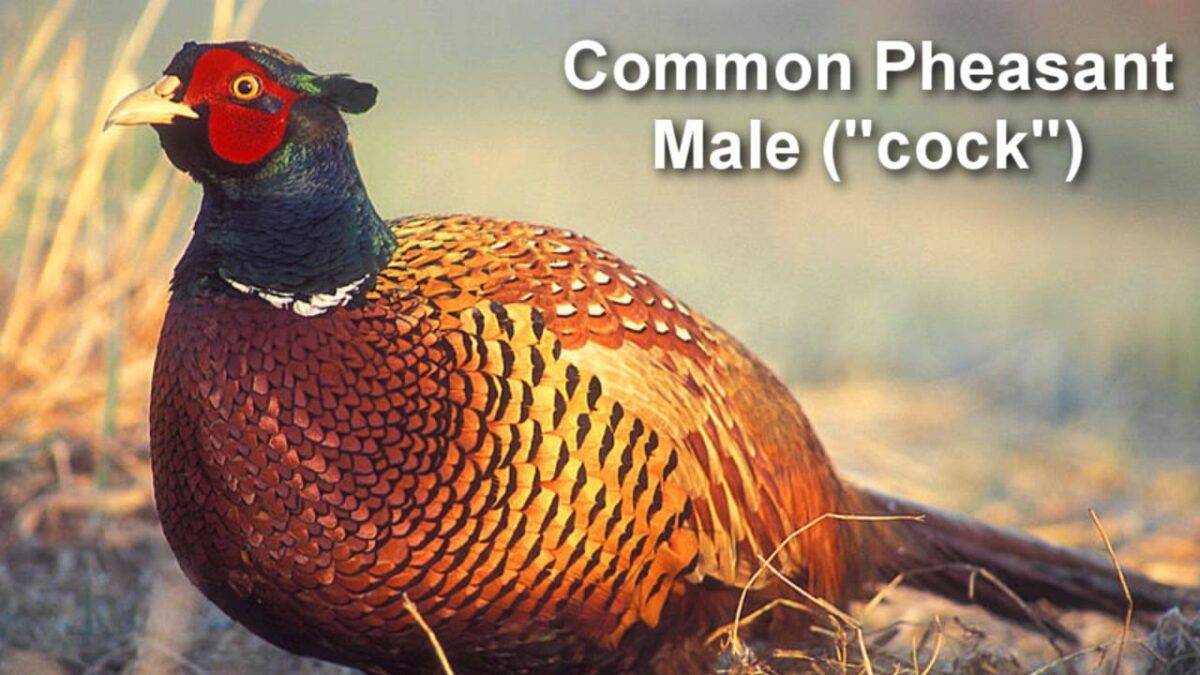

What Should You Do When You Find a Dead Pheasant?
Honoring the Encounter
When you discover a dead pheasant, pause for a moment of mindful presence. Rather than hurrying past or reacting with aversion, acknowledge the significance of this meeting between your path and the bird’s final resting place. This simple act of attention honors both the creature and the message it may carry.
Consider offering a silent blessing or expression of gratitude for the encounter. Something as simple as “Thank you for crossing my path and for any wisdom you bring” acknowledges the spiritual dimension of this moment.
Notice your emotional response—initial feelings often contain intuitive wisdom about the encounter’s personal significance. Rather than disturbing the remains, consider photographing the bird if you wish to reflect on the experience later.
Spiritual Practices and Rituals
Transform this encounter into spiritual growth through intentional practices:
- Burial Ceremony: If appropriate, create a small ritual to return the pheasant to the earth. A simple burial with lavender (for transition) and oak leaves (for strength) honors the bird’s journey.
- Feather Preservation: Where legal and safe, consider preserving a feather as a reminder of the message. First cleanse it with sage smoke or sunlight.
- Reflective Journaling: Record your experience, insights, and questions. Writing helps process the encounter’s meaning in your personal journey.
- Grounding Meditation: Practice a visualization connecting earth and sky energies, inspired by the pheasant’s dual nature.
- Creative Expression: Channel the encounter into art, writing, or music to integrate its message more deeply.
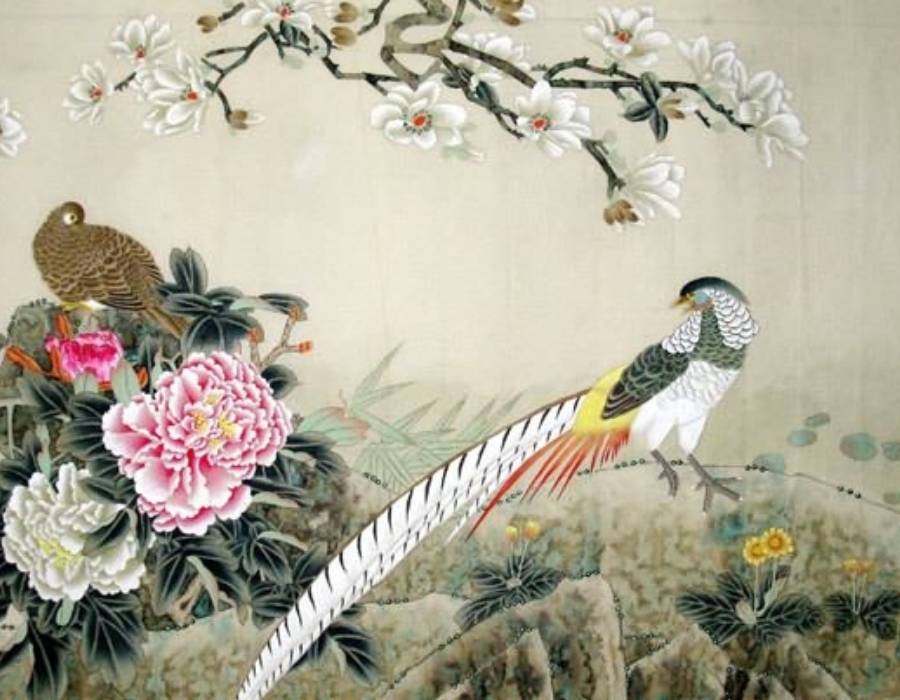

Interpreting the Message: Context Matters
Location Significance
Where you find the pheasant carries specific spiritual meaning. Discovering one on your property suggests a personal message about your home, family dynamics, or innermost self. This location indicates that the message relates to your private life rather than public endeavors.
Finding a pheasant on a path or road often provides guidance about your life journey or direction. Consider whether you’re at a crossroads or questioning your current trajectory—the pheasant appears at this moment to offer insight about your path forward.
Near water, a dead pheasant often connects to emotional or subconscious revelations emerging into awareness. Water represents our feeling nature, suggesting that emotional processing or intuitive understanding awaits your attention.
Natural settings like forests or meadows emphasize connection to earth wisdom and cyclical life patterns, while urban environments remind you to find nature’s wisdom amid modern complexity.
Timing and Circumstances
When you encounter the pheasant adds layers of meaning to its message. Each season brings different energetic themes:
- Spring: Renewal, new beginnings, and growth opportunities
- Summer: Abundance, full expression, and creative flowering
- Autumn: Harvest, preparation, and honoring what’s been gained
- Winter: Rest, reflection, and inner work before renewal
The time of day similarly influences interpretation—dawn suggests new beginnings, midday represents full expression, dusk indicates transition, and night encounters connect to mystery and subconscious wisdom.
Weather conditions add symbolic elements: rain suggests emotional cleansing, while sunshine highlights illumination and clarity. Finding a dead pheasant during major life transitions such as moving homes, changing careers, or ending relationships often amplifies its significance as a confirming sign.
Common Myths vs. Spiritual Truths About Dead Birds
Addressing Superstitions
Many misconceptions surround encounters with dead birds. The most persistent myth suggests they always foretell death or disaster. In truth, they more commonly represent transformation and natural cycles—the ending of one phase making way for another, not necessarily predicting physical death.
Another common superstition claims finding a dead bird brings bad luck. Spiritual wisdom sees these encounters as opportunities for insight and growth rather than omens to fear. The pheasant offers guidance, not punishment or misfortune.
While practical health precautions suggest avoiding direct contact with dead wildlife, the notion that you should never interact with or acknowledge a dead bird spiritually misses the potential wisdom in the encounter. Respectful observation and ritual can transform the experience into meaningful spiritual practice.
Cultural Misinterpretations
Victorian-era superstitions dramatically shifted perceptions of bird omens from earlier, more nuanced interpretations. While ancient traditions viewed birds as divine messengers carrying wisdom, Victorian death anxiety infused bird symbolism with fear.
Christian symbolism sometimes transformed earlier nature-based interpretations, associating birds with the Holy Spirit rather than their original earth-connected meanings. This overlay can obscure the pheasant’s grounded wisdom in favor of purely transcendent interpretations.
Modern perspectives increasingly integrate scientific understanding with spiritual wisdom, recognizing that natural cycles of life and death carry meaning without contradicting biological reality. This balanced approach honors both the physical world and its symbolic dimensions.
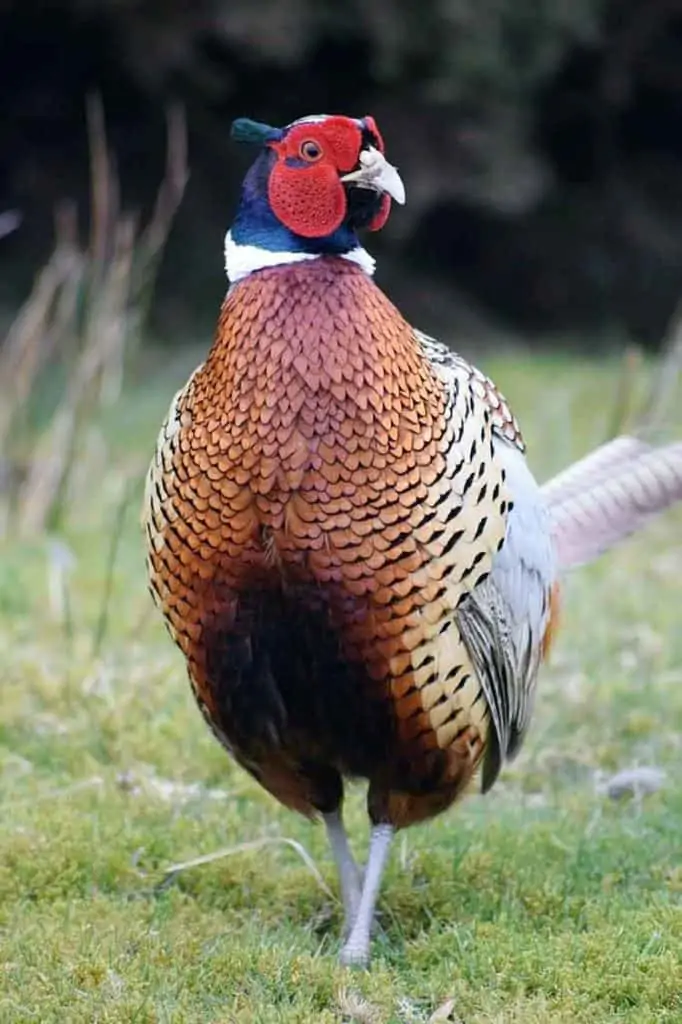

The Creative Significance: Pheasants and Artistic Expression
Revitalizing Creative Energy
The pheasant’s vibrant plumage speaks directly to creative expression. Its striking colors—copper browns, emerald greens, and iridescent blues—remind us of the courage required to display our authentic gifts. Finding a dead pheasant often coincides with periods when creative energy needs revitalization.
This encounter invites awakening dormant creative talents that may have been neglected due to practical concerns. The pheasant’s message encourages expressing your unique “colors” rather than blending into the background.
The balance between practicality (earth) and imagination (air) emerges again in this context. True creativity doesn’t ignore real-world constraints but works within them to produce something beautiful and meaningful—just as the pheasant’s magnificent display evolved within natural parameters.
FAQ
What does finding a dead pheasant on my property mean?
Finding a dead pheasant on your property often symbolizes a personal transformation occurring within your domestic sphere. This may indicate the completion of a family cycle, the need to release old patterns at home, or ancestral messages specifically related to your personal sanctuary.
Is a dead pheasant a bad omen?
Rather than a negative omen, a dead pheasant represents natural transition and transformation. While Western superstitions sometimes associate dead birds with misfortune, most spiritual traditions view this encounter as a meaningful message about life cycles and necessary endings preceding new beginnings.
What should I do with pheasant feathers I find?
If legal in your area, pheasant feathers can be respectfully collected and cleansed with sage smoke or sunlight. They make powerful spiritual tools for creativity rituals, altar decorations, or meditation focuses. Always check wildlife regulations before collecting feathers.
What’s the difference between seeing a live versus dead pheasant spiritually?
A live pheasant typically symbolizes current creative potential, grounded wisdom, and active manifestation. A dead pheasant shifts this energy toward completed cycles, transformation, ancestral messages, and the need to honor endings before embracing new beginnings.

